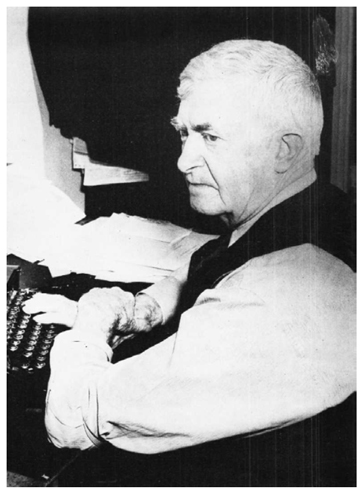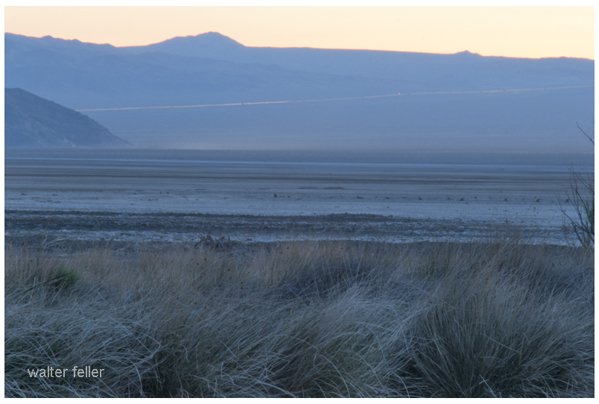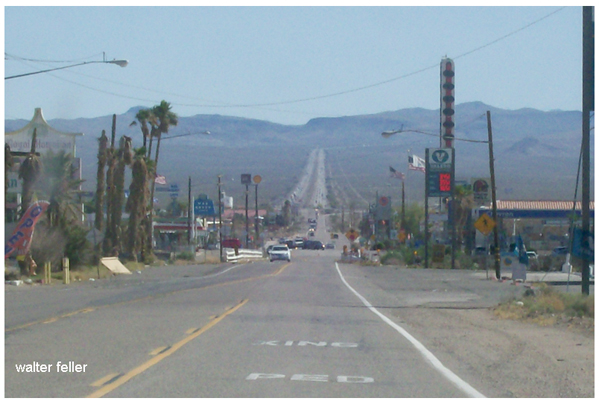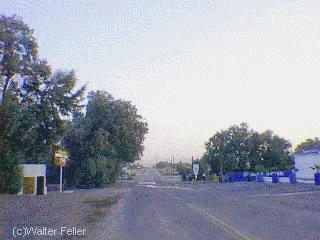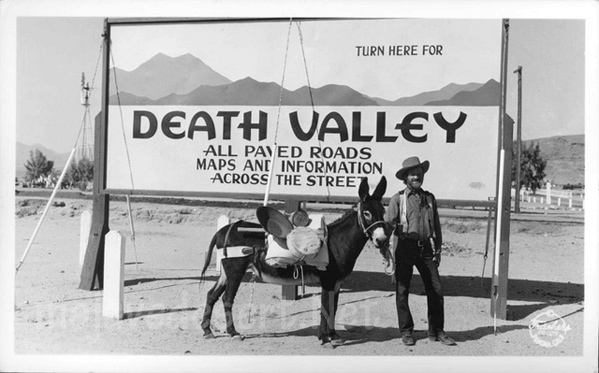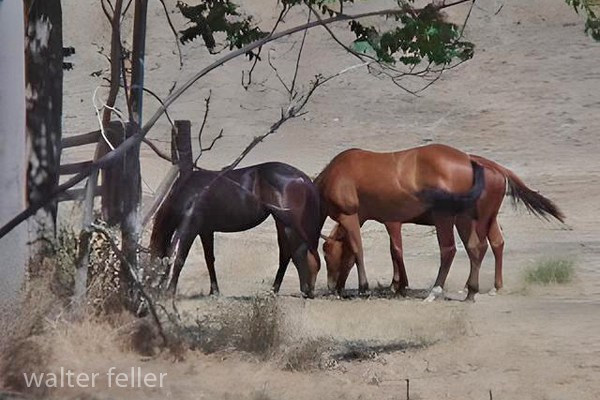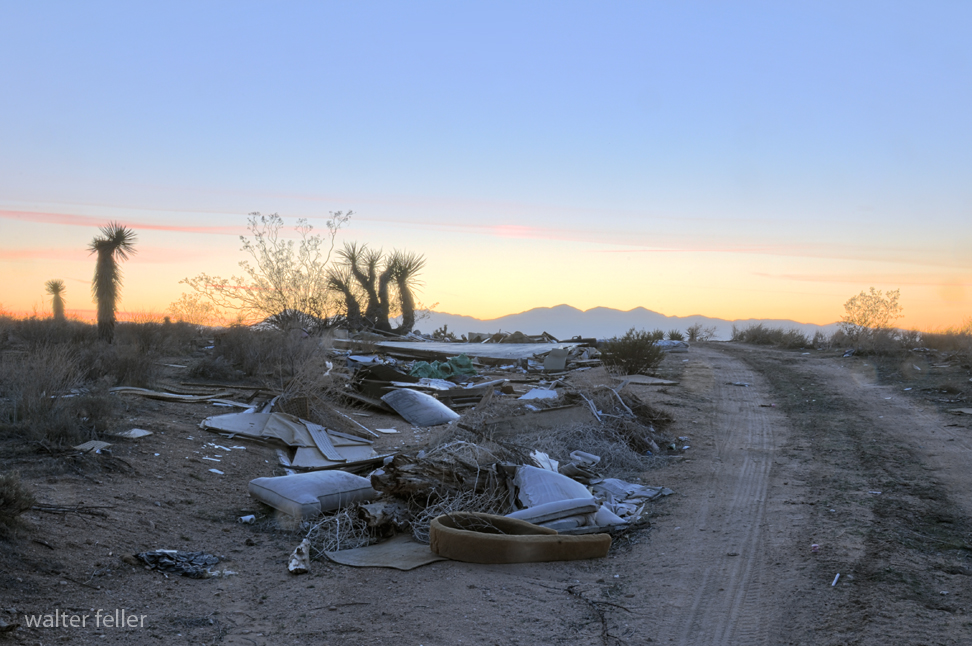
How do we prevent it?
Addressing littering, illegal dumping, vandalism, and theft in natural areas like the Mojave Desert requires a multifaceted approach, considering prevention and remediation. Here are some strategies that can be employed:
Education and Awareness
- Public Education Campaigns: Educating the public about the ecological, cultural, and historical significance of the Mojave Desert can foster a sense of stewardship. Campaigns can highlight the negative impacts of littering, dumping, vandalism, and theft.
- School Programs: Integrating environmental education into school curriculums can instill values of conservation and respect for nature in young people.
Enforcement and Regulation
- Increased Surveillance: Deploying more rangers or utilizing surveillance technology in high-risk areas can deter potential offenders.
- Stricter Penalties: Implementing harsher penalties for violations can serve as a deterrent. This could include higher fines, community service in environmental cleanup, and legal action for more serious offenses.
- Quick Response to Incidents: Rapid response to reports of dumping, vandalism, or theft can help catch perpetrators and serve as a deterrent to others.
Community Engagement and Participation
- Volunteer Cleanup Events: Organizing community cleanups can address existing litter and dumping and foster a sense of community ownership and responsibility.
- Adopt-a-Spot Programs: Encouraging individuals, families, or groups to “adopt” areas of the desert for regular monitoring and maintenance can help maintain cleanliness and report issues quickly.
Infrastructure and Accessibility
- Better Waste Management Facilities: Providing accessible and convenient disposal options near the Mojave area can reduce the likelihood of illegal dumping.
- Improved Signage: Clear, informative signage about rules, regulations, and the importance of preservation can serve as both an educational tool and a deterrent.
Technology and Innovation
- Mobile Apps: Developing and promoting mobile apps that allow visitors to report litter, dumping, vandalism, or theft in real-time can aid in quick responses and create a database of problem areas.
- Social Media: Utilizing social media platforms to share information, organize cleanup events, and foster a digital community of stewards can enhance engagement and awareness.
Partnerships
- Collaboration with Local Businesses: Engaging local businesses in sponsorship opportunities for cleanup events or educational programs can enhance resources and community involvement.
- Partnerships with Environmental Organizations: Working with NGOs and environmental groups can bring expertise, volunteers, and additional resources for conservation efforts.
Solving these issues in the Mojave Desert requires persistent efforts across multiple fronts. It’s about creating and nurturing a culture of respect and care for the environment, backed by effective enforcement and community involvement.
